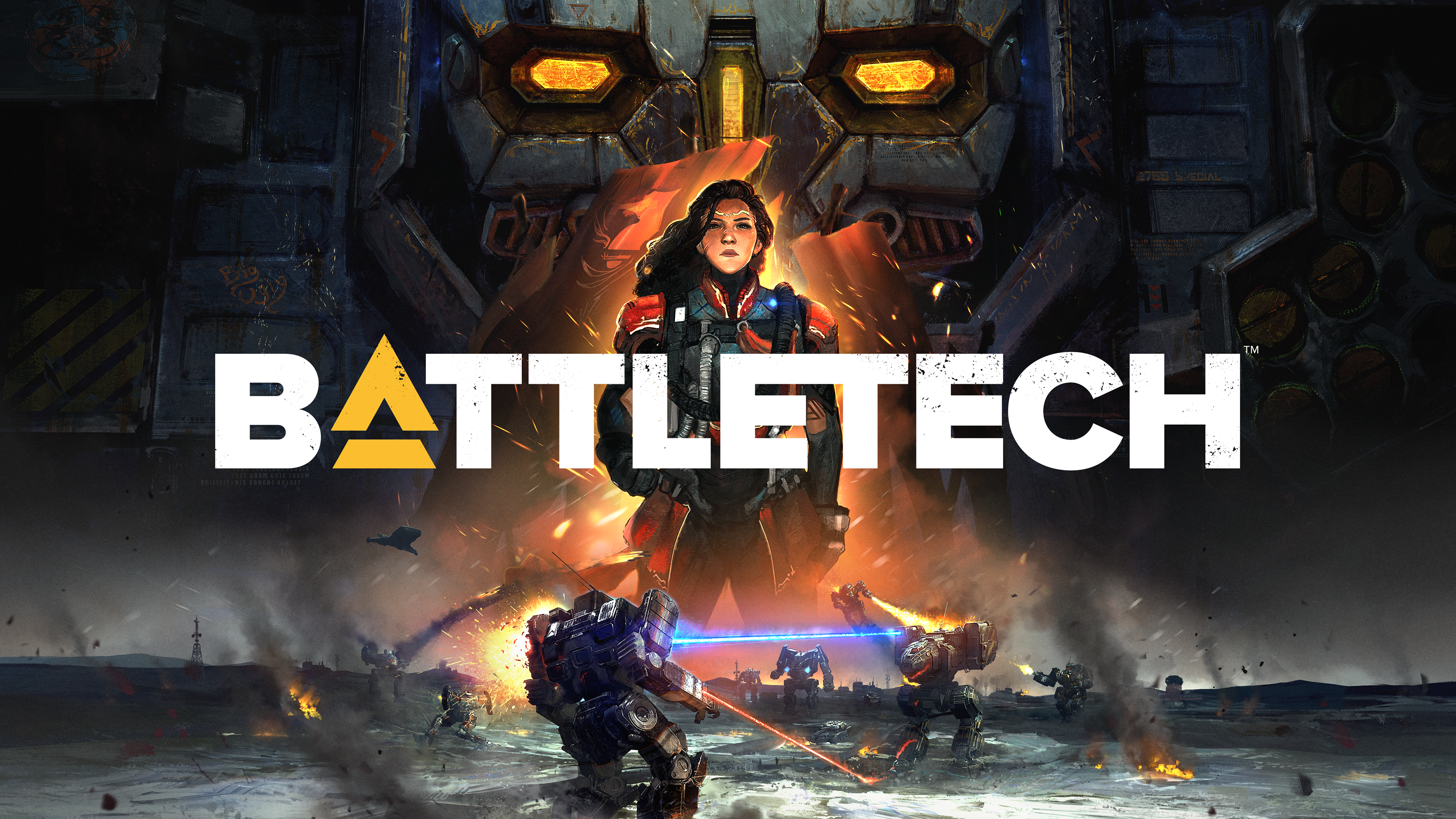My introduction to BattleTech had happened a long time ago and it had nothing to do with games. Instead, my first experience with this world was reading the book trilogy about Aidan Pryde. A Mechwarrior of the Jade Falcon Clan, whose unorthodox thinking failed him in his ambitions and led to the life of a pariah, but eventually sealed his fate as a war hero, who received all the honor and glory, warrior of a Clan can ever dream of.
At the time I was really impressed by books’ rich lore with marvelous technology, unusual take of society norms and history full of epic battles. A couple of years later I saw MechWarrior games. And only the last of all I’ve learned that the whole purpose of those intricacies about politics and tech were to provide plausible explanations for the Battletech rules. Authors managed to create a cohesive universe around a table-top game and make each game session to feel like a reenactment of the historical battle of the future. I was impressed even more.
So it’s actually quite funny, that among attempts to adapt table-top game about turn-based battles, BattleTech is the first computer game with actual turn-based combat. And yet, turn-based combat is not the only thing that awaits you in this game.
Way of the Inner Sphere
Set in the times before Clan Invasion, the game tells a story about an outfit of mercenaries, who help to restore Lady Kamea Arano to her rightful place as a ruler of Aurigan Coalition. In fact, before joining the crew you and your mentor personally helped Arano to escape the coup. Sadly, your mentor died at the hands of Espinosa family and thus you have another motive to join the fight against the usurpers – revenge.

There are other details of the protagonist’s biography. Quite a few options in fact and, depending on your choice, they can give you a boon in some mech skills and a few additional choices in conversations. Not only in the main story dialogs (that don’t actually mean much as the story is totally linear), but also when some random events pop up. Meeting pirates, getting some “accidental” supplies, a request from your engineer to optimize the ship’s cargo space. You, as a newly elected leader of the team, will have to make a lot of decisions up to choosing who will get the last cup of coffee one evening. And all that would lead to different consequences (mainly boosting or decreasing crew morale and some other stats).

Some crew members are actually full-fleshed characters. Ship’s navigator Sumire Meyer, Chief Mech Tech Yang Virtanen, former leader Darius Oliveira, who steps down to become your main advisor in terms of the contracts and team management. Mechwarriors, on the other hand, are mostly stats enhancements for mechs. Though they have some “random events” too. Again, think carefully whom you want to encourage and how. As that would affect your team performance in the field.
Song of Steel and Fire
Mech battles are, obviously, the main attraction. All your shenanigans with outfitting the ship, negotiating contracts and assigning training (leveling up basically) to your mech pilots – everything serves the purpose to prepare a squad of mercenaries for an upcoming mission.

Missions are rather diverse. Destroying enemy squad or some installation. Capturing and transporting valuable objects. Defending your employer’s structures and vehicles. Often various conditions, like add reinforcement for you or enemy, force you to adapt tactics on the fly.
In fact, you can even end missions differently – destroying all enemy forces to get some bonus payment, or going to evac point to avoid more damage. There is also the option to retreat and withdraw from the contract if odds are extremely against you. After all, the repair is costly and damaged mech, while can still be sent to the battlefield again, would be more dead weight than an asset.
Avoiding damage and concentrating your own attacks on enemy vulnerabilities is the key to success. It will take quite a few turns to destroy one heavy mech, but you can take down its arm or another slot with heavy weaponry early on if you fire from the right angle. There is “called shot” ability to attack precisely the part you want, though it drains your team “resolve”. And you do want that resolve not only for other cool moves but also because it “inspires” pilots and increases their accuracy and evasion.
You can use a flamethrower to overheat enemy mech – that would inflict damage-over-time and can even threaten total system shutdown if your opponent dares to use more weapons. Or you can knock down your enemy by using melee attacks or certain weapons. Such a move will decrease unit’s initiative (so it will have a move later) and while mech lies on the ground “called shots” on it are free.

There are many ways to get an edge over your enemies. As well as many ways to screw up, if you miss some nuance, like own overheating or no armor left on a vital part. True feast for a wanna-be tactician.
I would also note that game battles totally remind me of the ones in BattleTech books. But that is probably should be a compliment towards books’ writers.
Rage Against the Machine
Sadly, the main story is not as good as in the books. Despite encompassing a variety of missions the plot is rather straightforward – liberate planets from Espinosa’s Aurigan Directorate, defeat Directorate allies, expose Directorate treachery. There is very little intrigue and sometimes the game tries too hard in telling us that we are fighting for the right cause.
Not only it makes a disservice to the story itself, making moral questions in it too shallow, but also creates dissonance with “side quests” where you can take contracts from most despicable factions do quite immoral missions if they are too lucrative opportunities. Plus in an effort to paint story antagonists bad, the story makes them act not quite rationally. It looks like Directorate simply commits atrocities for the sake of it.
And there is one particular guy, who wants to kill Lady Arano to avenge his son. Maybe some spoiled nobleman would indeed chase people, whom he blames for the death of his heir, to the end of the galaxy. But a hardened veteran should understand that everyone can die in a line of duty.

Another problem, this time in the gameplay department, is that you can command only four mechs. Sure, the game provides a lot of variety in missions, including more than two factions in combat and allied reinforcements. But you are denied large (or even medium) scale battles. And exploring tactical moves, while commanding just one lance, is not enough to entertain you for the entire game.
There are some other minor quirks (or devs oversight) that rip you out of the experience. Contracts don’t expire while you don’t leave the star system, even if the description is like “we are under attack and won’t hold for long”. Sometimes knocked down enemies don’t lose initiative and stand up immediately. Desert at night still has coolant efficiency reduced. And going into the battle doesn’t move time forward for even a day.
Not a Bad Robot
Still, except for mentioned (and some unmentioned) flukes, BattleTech game very faithfully adapts mech battles, mech management (you’ll spend quite a lot of time outfitting your units to become most efficient and deadly) and even convincingly recreates some aspects of Mechwarriors’ everyday life. However, the game has a room for improvement. A lot of room for improvement.

As I understand it, some improvements, like contracts with limited time, were indeed added in DLCs. But that’s another story for another time.








2 thoughts on “Battletech – Review”